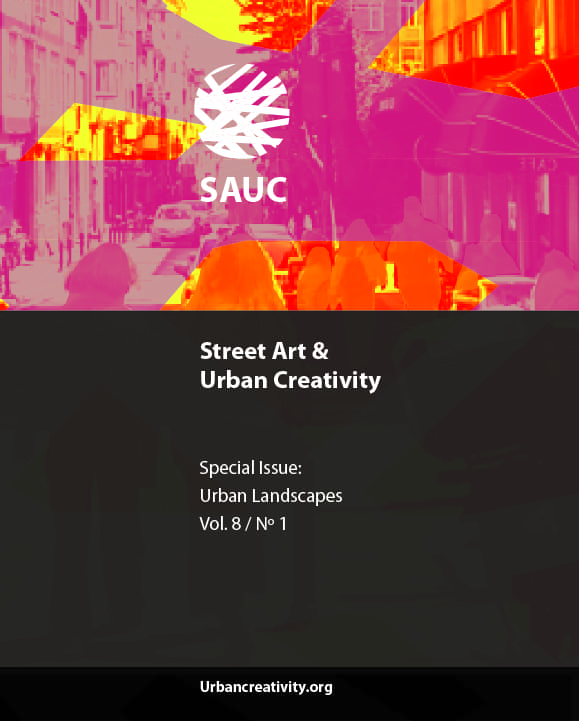The Effects Of Square Designs On User Behaviors: The Case Of Taksim Square
DOI:
https://doi.org/10.25765/sauc.v8i1.579Keywords:
Square Design; User Behaviors; Taksim Square; Spatial UsageAbstract
The squares as indispensable open spaces in the sociological, physiological and psychological context of urban life, not only create common platforms for various activities, but also serve as a communication space between the city and its residents. Human beings are the primary factor of the squares. How square designs affect user behaviors is a crucial question. Accordingly, the present study focused on Taksim Square, one of the important squares of the historical city of Istanbul in sociological, cultural, political, and economic terms, and investigated the relationship between design and user behavior in this particular square. The present study adopted an observational research construct, where the study data were captured on the map of the square as user and action inputs, and analyzed in the context of circulation and usage. The results were indicative of the fact that users might tend to use the square as a transit route in such square designs that fail to offer sufficient space for activities, functional diversity, and urban fixtures. Nevertheless, the squares attracted users and channeled them to spending more time in the square in cases when decorative elements, greenery elements, green textures, and seating units were included in the design.
Downloads
Global Statistics ℹ️
|
229
Views
|
93
Downloads
|
|
322
Total
|
|
Downloads
Published
How to Cite
Issue
Section
License
Those authors who publish in this journal accept the following terms:
-
Authors retain copyright.
-
Authors transfer to the journal the right of first publication. The journal also owns the publishing rights.
-
All published contents are governed by an Attribution-NoDerivatives 4.0 International License.
Access the informative version and legal text of the license. By virtue of this, third parties are allowed to use what is published as long as they mention the authorship of the work and the first publication in this journal. If you transform the material, you may not distribute the modified work. -
Authors may make other independent and additional contractual arrangements for non-exclusive distribution of the version of the article published in this journal (e.g., inclusion in an institutional repository or publication in a book) as long as they clearly indicate that the work was first published in this journal.
- Authors are allowed and recommended to publish their work on the Internet (for example on institutional and personal websites), following the publication of, and referencing the journal, as this could lead to constructive exchanges and a more extensive and quick circulation of published works (see The Effect of Open Access).













